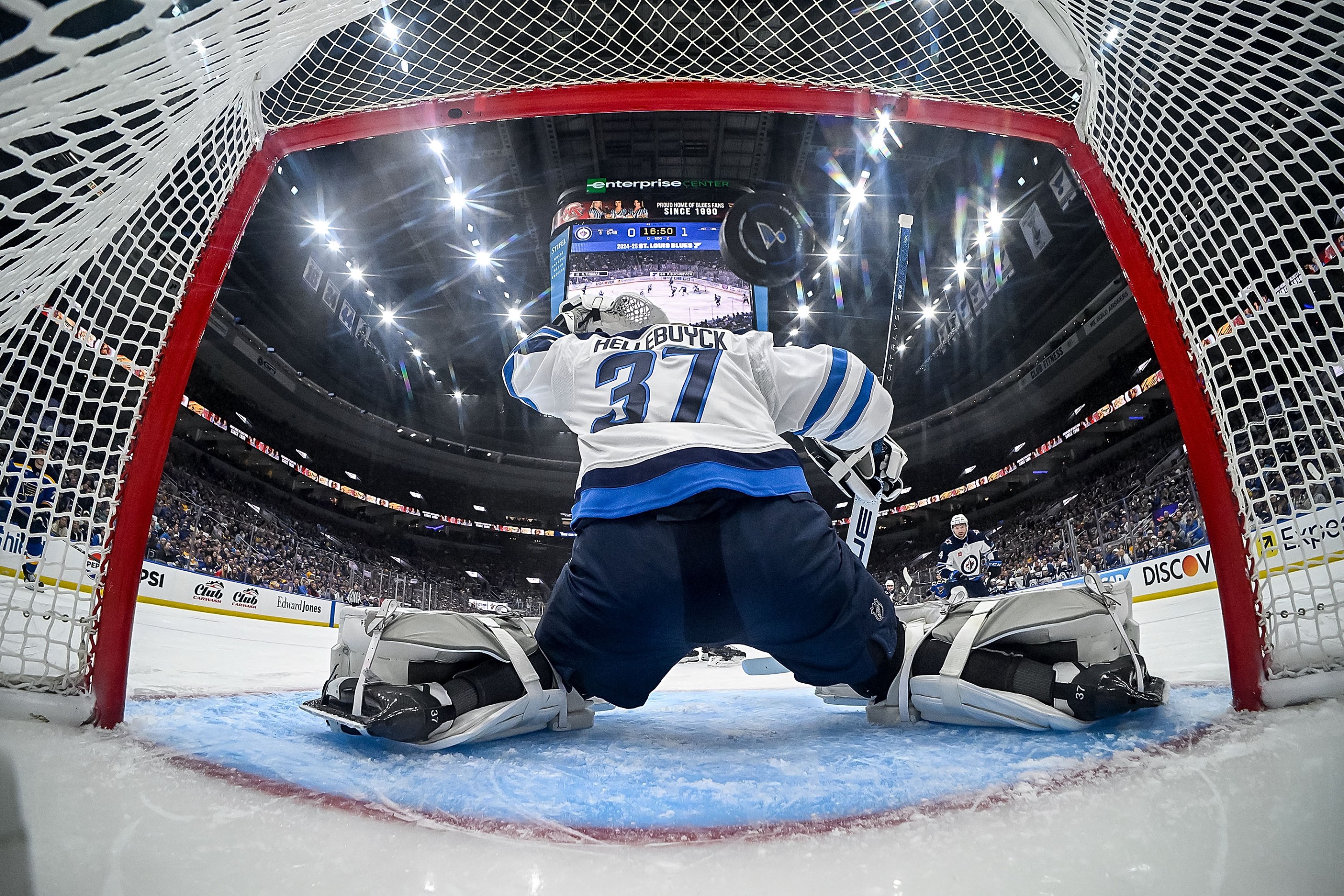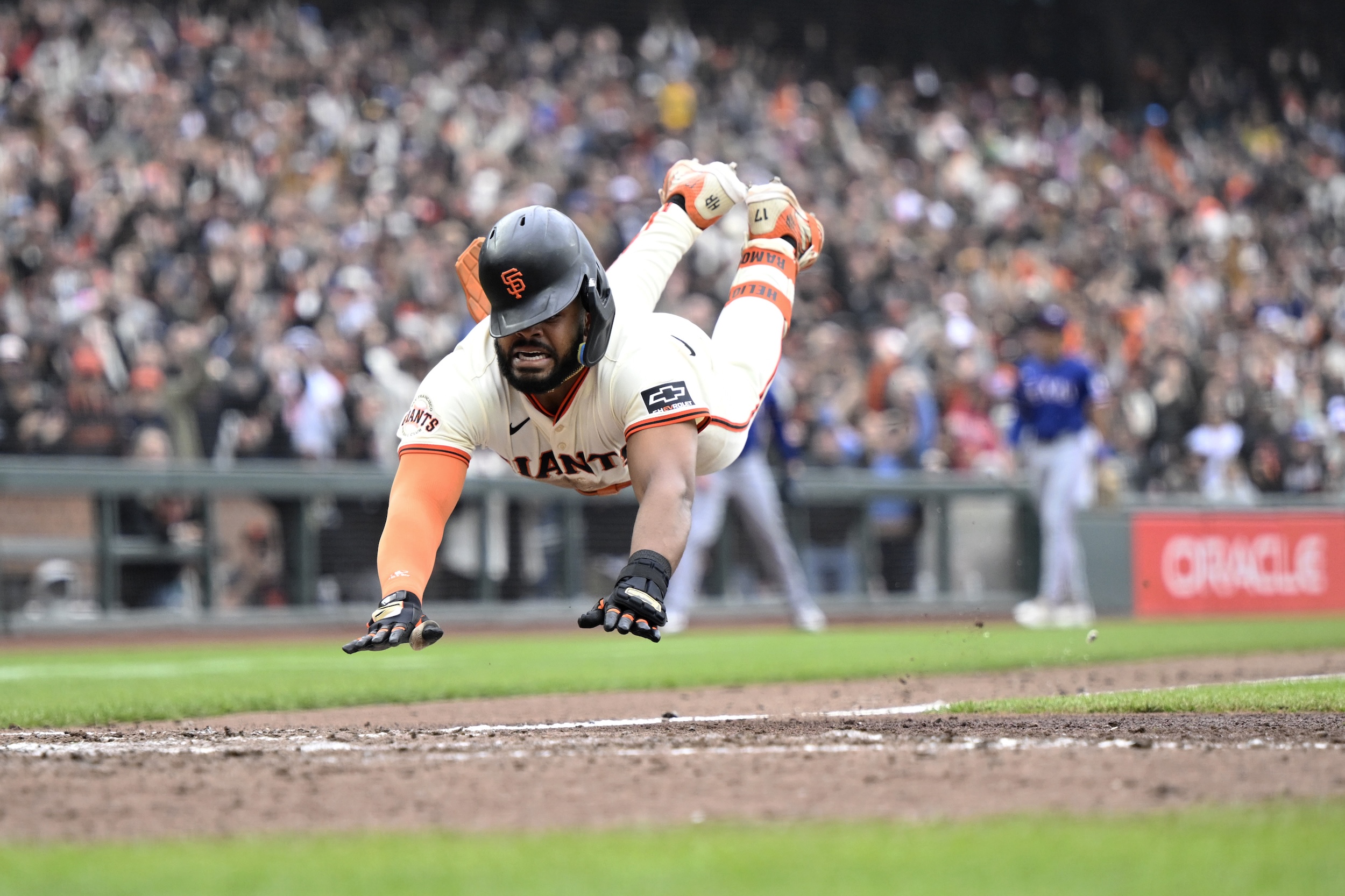The focus would have been on the Red Bulls no matter the outcome of the Japanese Grand Prix, but thankfully for Christian Horner and company, Max Verstappen at least dragged the attention, however briefly, away from the mess made in the second seat. His weekend was an instant classic on a track that the commentators repeatedly referred to as "historic" and "old-school." You could almost forget that Red Bull had dumped Liam Lawson for Yuki Tsunoda just two races into the season. For just one moment, this weekend wasn't about that.
Verstappen had some help along the way. Suzuka made it easy; his McLaren competitors behind him made it easier. The earlier sessions of the weekend were marked by constant red flags due to grass fires, but on the day of the race, rain poured heavily. The rain didn't stick around long enough for a wet weather race, but it did cool track temperatures until tire degradation was barely a concern—as an added bonus, the cars were running the three hardest compounds of tire available to them—and the probability of grass fires was down to zero. The historic nature of the track was evident in its lone DRS zone and narrow breadth. Both made it difficult for drivers to overtake and turned the race into an exceedingly polite formality; there wasn't much race to go around.
Suzuka was won or lost in qualifying, and Verstappen won it in qualifying. All it took was one of the greatest qualifying laps perhaps ever; it was certainly up there in recent memory along with Lewis Hamilton's 2018 pole in Singapore. Dressed in a white race suit and livery to honor Red Bull's partnership with Honda, Verstappen pulled pace out of nowhere, in a car that was nobody's favorite, and eked out pole position over Drivers' Championship leader Lando Norris by just 0.012 seconds. Oscar Piastri made one mistake in the first sector that wound up being costly; McLaren went from a possible front row lockout to having two cars stuck behind Verstappen at race start, which quickly turned into having two cars stuck behind Verstappen for 53 laps until race end.
It is true that McLaren could've better used teamwork to make Verstappen and Red Bull sweat a little bit more. Theoretically, if a team has two faster cars competing for a win, facing one car running in the lead on its lonesome, it should be possible to split strategies in order to challenge for the win. F1 TV commentator and former Formula 1 driver Jolyon Palmer brought up the 2013 Japanese Grand Prix as an example: Romain Grosjean (in a Lotus!) led two Red Bulls in Sebastian Vettel and Mark Webber, but Red Bull split their pit stop strategy—one car pitted early, the other went long, and Grosjean had to choose which one to cover off—and the race ended with both cars eventually passing Grosjean to take a 1-2 finish. McLaren's chosen strategy offered no competitive advantage. They pit Piastri early to cover off George Russell, and later pit Norris on the same lap as Verstappen, which would only provide the benefit of pit stop differential. To their credit, it gave us the only interesting moment of the race: Norris pulled out of his box nearly alongside Verstappen, but ran into the grass trying an overtake where there was no track.
If McLaren instead pitted Piastri early to make Verstappen cover him off, then had Norris go long in an attempt to have much fresher tires toward the end of the race, there would have been a greater possibility for a race win. If they even let Piastri, who was looking pacier in the final laps of the race, pass Norris when he asked, there may have been a greater possibility. How much greater remains a question.
If McLaren got its strategy wrong, then every single team, bar Red Bull, did likewise. The top 10 finishers in qualifying became the top 10 finishers of the race, in order, with the singular exception of Hamilton making it past Isack Hadjar's VCARB in the opening stint of the race. Beyond Norris's McLaren becoming, as Verstappen said in the cooldown room, "quite an expensive lawnmower," the greatest highlight of the race was the deja vu–esque replay of multiple drivers locking up and cutting the same chicane. The 2013 Japanese Grand Prix was a fine example in the broad strokes, but it also featured Mark Webber going for a three-stopper; the level of tire degradation during Sunday's race was so low that the race leaders did their mandatory pit stop and then were pushing full pace for the entire second stint of the race with zero concern.
Verstappen's new teammate for the weekend, Yuki Tsunoda, could testify to the infuriating experience of trying to pass a slower car. Despite some excellent practice sections close in pace to his teammate, he had an unfortunately slow Q2 that cost him track position, at a track where track position is truly king. He managed to pass former teammate and Red Bull second seat demotee in Liam Lawson in the opening laps of the race, but spent the remainder of his first stint doggedly within DRS range of another former teammate and Red Bull second-seat demotee in Pierre Gasly's Alpine, but never close enough in the right corners to pass. In the end, Tsunoda did manage to overtake Gasly via undercut, with the help of a relatively slow Alpine pit stop. Those were the only two positions he would be able to gain in the entirety of the race.
So Verstappen stole the show in one of the cleanest, best-executed race weekends you could ask far, and narrowed the gap between himself and Lando Norris in the Drivers' Championship to one point. And the fans voted for Tsunoda, down in P12, as their driver of the day.
if Max Verstappen's greatness has one curse, it's that no Red Bull since Daniel Ricciardo can keep up with him. A week before the Japanese Grand Prix, Red Bull announced that they would be demoting Liam Lawson to VCARB, and promoting Yuki Tsunoda for the rest of the year. Lawson had spent all of two races in the Red Bull, albeit with shockingly poor performances in both of them; Tsunoda, in his fifth long year spent biding his time in Red Bull's sister team, was finally getting his call-up.
But the news was all but confirmed a few days prior, when Erik van Haren reported that Red Bull were reverting back to their 2019 ways in De Telegraaf. Speculation reached a fever pitch. The overarching sentiment among drivers was, correctly, that Lawson was being treated unfairly. Max Verstappen, who was very consistent on it being a car issue rather than a driver issue, liked a post on Instagram that referred to the Lawson demotion as "bullying or a panic move." And in the middle of the ruckus and chatter, Yuki Tsunoda posted on Instagram, "china where my new sunglasses were a hit," along with photos of his team, Hadjar, and the Shanghai skyline—a couple of photos, indeed, showed various team members wearing his new sunglasses.
VCARB posted a statement from Laurent Mekies, the current team principal, that served as a shockingly sweet farewell note, especially in the context of F1's historically rather tenuous relationship with the team. It read, "We're incredibly proud of Yuki earning his well-deserved move to [Red Bull]! His progress last year, and more recently from the very start of 2025, has been nothing less than sensational. Personally, and collectively, it has been an immense privilege to witness those progresses for all of us in Faenza and in Milton Keynes. Yuki's energy and positivity has lightened up every corner of our factories and of our garage and he will always be a Racing Bull! We wish him all the success he deserves at [Red Bull]." The sentiment of his message was mirrored in Tsunoda's Instagram post after the official announcement, albeit with some more generation-appropriate lack of capitalization: "i moved to italy shortly after joining AlphaTauri in 2021 and it has been my home away from home ever since. i was always treated like family, invited into their homes, playing football or padel with the team after work, and that is something i will never forget."
But perhaps the tinge of genuine sentiment in the statement shouldn't be all that surprising. Toro Rosso–AlphaTauri–VCARB exists in an odd liminal space, even for a backfield team. The team doesn't really have drivers; instead, it boasts a roster of prospects and candidates and cannon fodder. Its line-up is a constant revolving door of drivers whose success would be met by languishing until a better offer elsewhere, or an often hasty promotion that would take them out at the kneecaps. Somehow, until now, Tsunoda has dodged all of that, and lasted for long enough to not only provide a sense of permanence and affection for his team, but also grow.
Unlike the 2019 demotion of Pierre Gasly in order to make way for Alexander Albon, the sheer negativity roused by Lawson's demotion—rightfully panned as enough to destroy the confidence of any young driver—has been somewhat offset by the sheer outpouring of support and for Tsunoda, borne out of his years spent in the sport. After his promotion, Tsunoda reported that Gasly, a close friend, reached out to offer advice on how to handle the second Red Bull seat; Sergio Pérez, who has little to no connection with Tsunoda other than shared suffering, did the same.
Tsunoda has left limbo for hell. His performance at his home weekend, dressed in Honda colors, was not particularly cathartic. There was no stunning high points finish, nor was there a disastrous backfield run. But he did arguably the most important thing, which was prove that he could step into the seat and come out of it alive. One race down; only 21 more to go.






